M4 relief road would 'swamp' tiny village, residents say
- Published
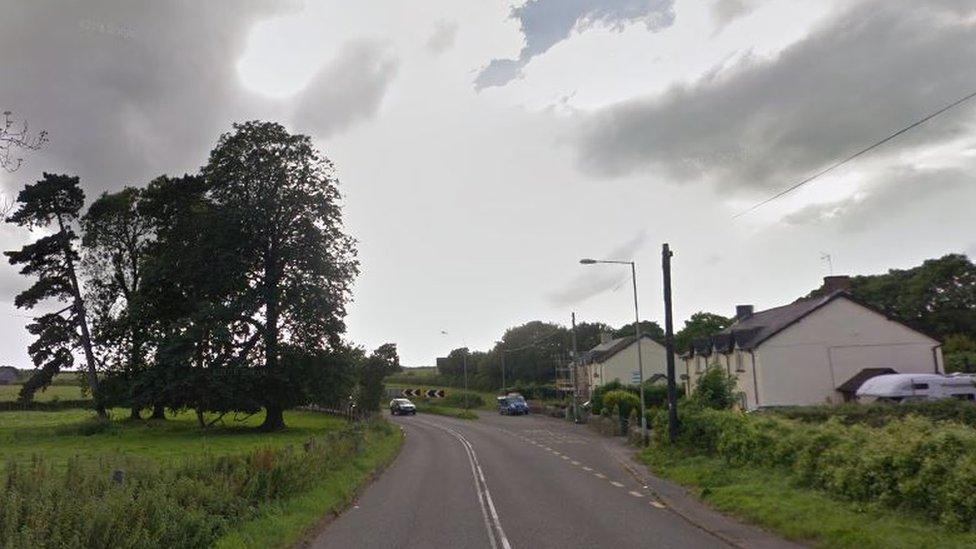
The village of Llanfihangel Rogiet is near to the current Second Severn Crossing toll booths
A Monmouthshire hamlet may be "swamped" if M4 relief road plans get the go-ahead, villagers have told a public inquiry into the proposed £1.1bn road.
The Welsh Government wants to build a six-lane motorway between Magor and Castleton around Newport to relieve congestion on the current M4.
Residents said Llanfihangel Rogiet, near Caldicot, would be "blighted" and have proposed a new "green route".
The Welsh Government claims the alternative route would cost £51m more.
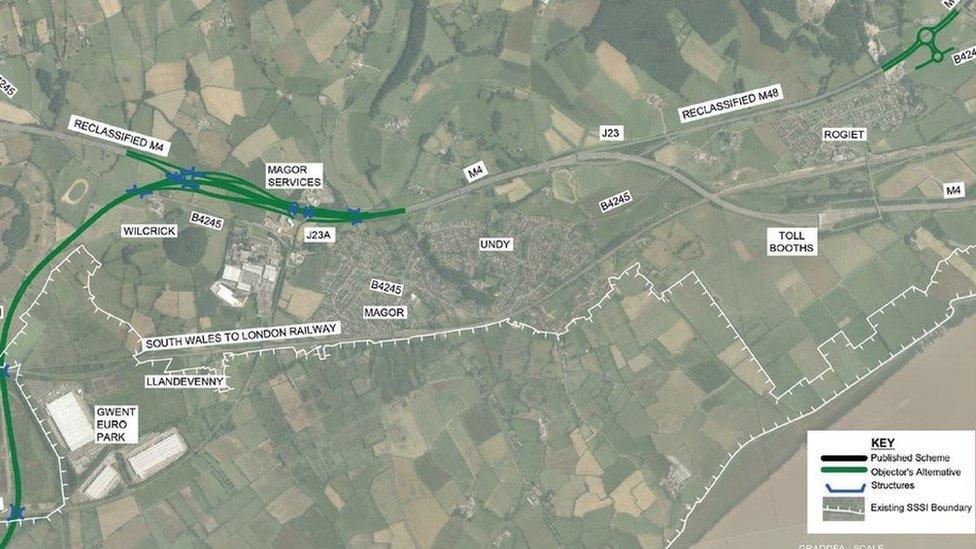
Mike and Liz Smith and Graham and Jennifer Wynton, who between them have lived in the hamlet for 50 years, have put forward the proposal - one of 22 alternatives drawn-up by objectors to the Welsh Government's plans.
The neighbours told the inquiry plans to create a new Junction 23, near to the current M4 and M48 interchange, at the eastern end of the scheme has "no real justification".
The Welsh Government's proposal is for a 14.23m (23km) highway south of Newport between the current M4 junction 23A and junction 29, to open in in 2021, as they believe the current highway "is not fit for purpose".
The "green route" proposal would start west of junction 23A on the current M4 and run along the eastern side of Llanwern Steelworks before taking the route of the Welsh Government proposed scheme around Newport.
This video reveals the possible route of the M4 relief road
Mr Smith's submitted route, which would be 0.6 miles (1km) longer, would be west of Wilcrick and the Magor Brewery and east of Bishton, having a "slight adverse impact" on those villages.
The suggested route would involve the demolition of bridges and have an "increased impact on the operations" of Tata Steel, the Welsh Government said in response.
But the Welsh Government acknowledge the "green route" would have reduced environmental impact on the five sites of special scientific interest (SSSI) on the Gwent Levels than their preferred route.
The Welsh Government argue the alternative route would impact on a deserted medieval village just west of Wilcrick Hill and on yet uncovered archaeological remains.
The "green route" plan would also mean building a new motorway junction on the M48 between Caldicot and Rogiet and "utilise a massively under-used M48" instead of constructing the Welsh Government proposed Junction 23 between Magor and Rogiet.
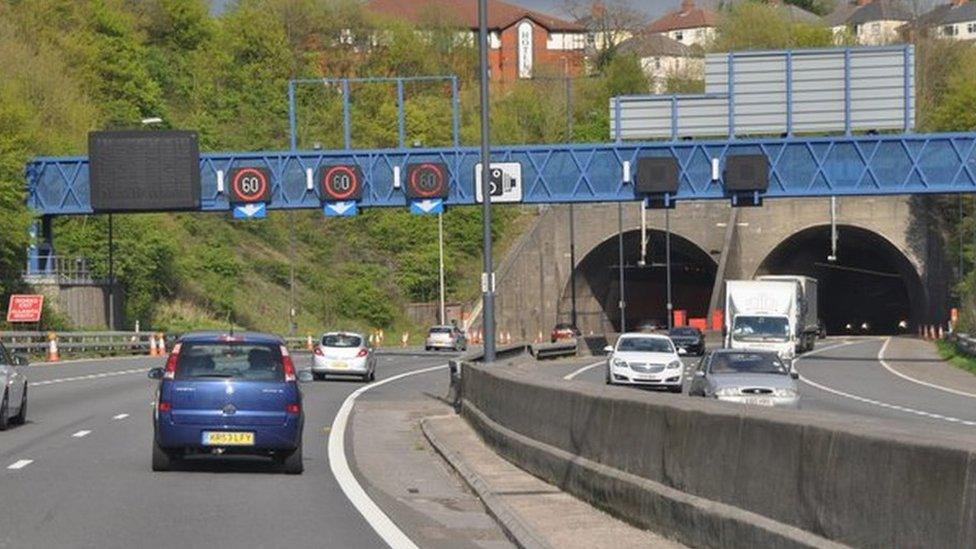
The Welsh Government claims the current M4 around Newport is "not fit for purpose"
"We are not against a relief road," Mr Smith told the inquiry. "We recognise something needs to be done about the congestion on the M4 and, in particular, at the Brynglas Tunnels.
"But junction 23 is the wrong junction in the wrong place. It is considerably over the top for what the local traffic needs."
Mr Smith, the former deputy leader of Monmouthshire council and one-time chairman of its planning committee, said his plans would avoid demolishing the Grade-II listed Woodland House and a Roman archaeological site to the west of Magor.
He told the inquiry the local authority recommended to the Welsh Government that "alternative options be considered" as their preferred M4 relief road scheme would have an "obvious, significant, permanent and detrimental impact on the character" of the Llanfihangel conservation area.
Morag Ellis, QC for the Welsh Government, told the inquiry that UK Government statute says conservation areas are designated "not to create a landscape buffer."
She added Monmouthshire council supported the Welsh Government's plan and have "lowered the alignment" of the proposed junction 23 after a recommendation from the local authority.
- Published26 April 2017
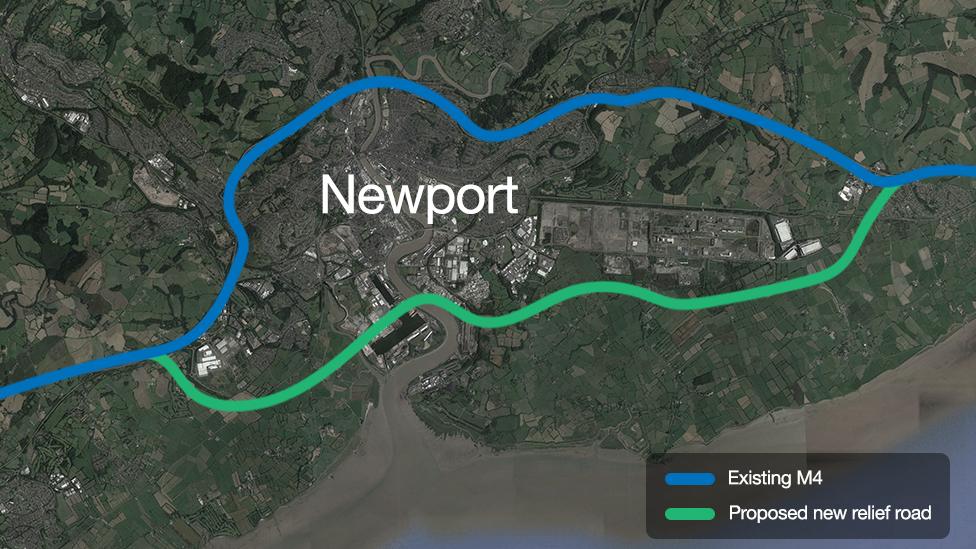
- Published5 April 2017
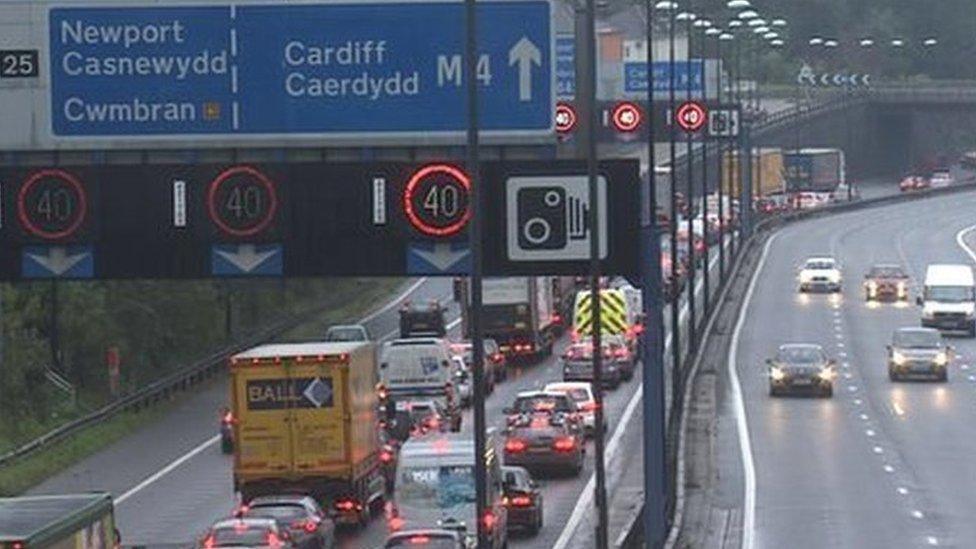
- Published29 March 2017
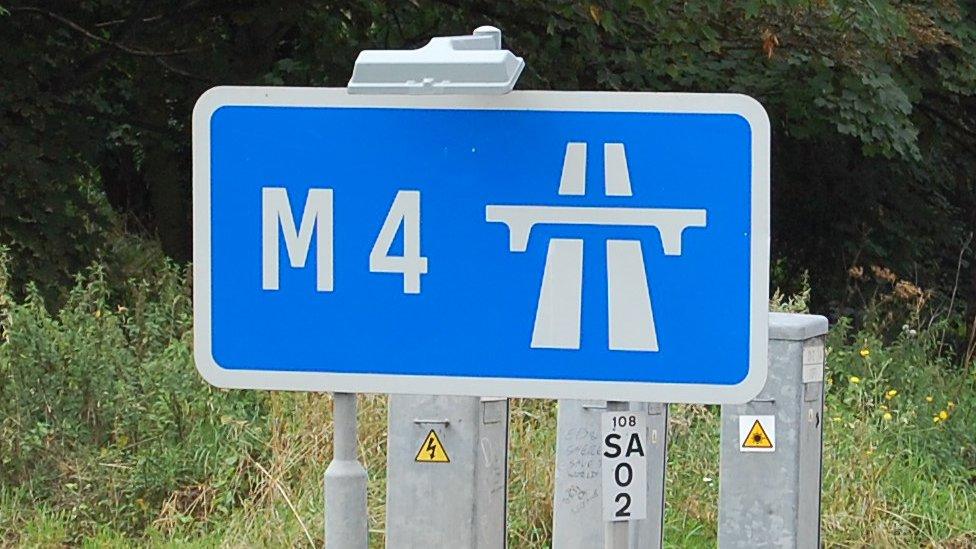
- Published24 March 2017

- Published7 March 2017
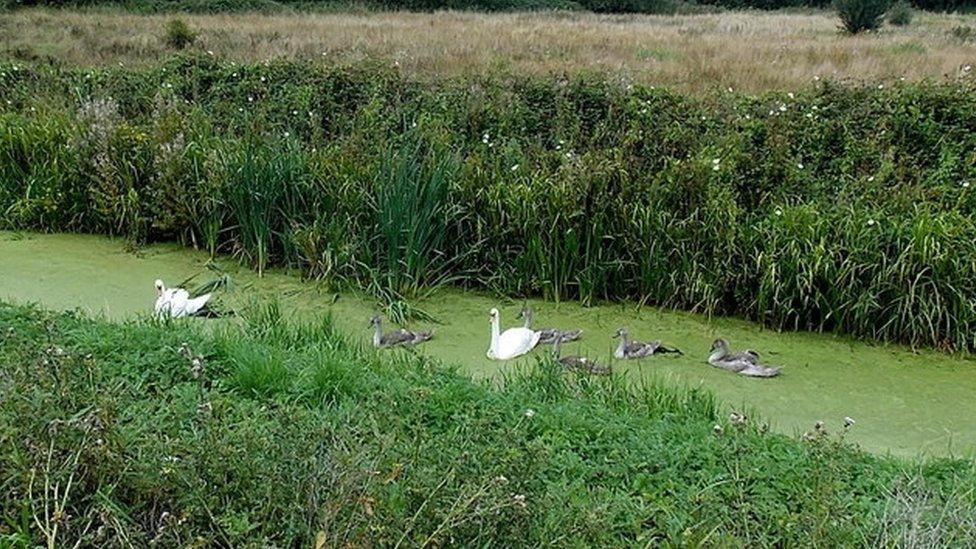
- Published3 March 2017

- Published1 March 2017
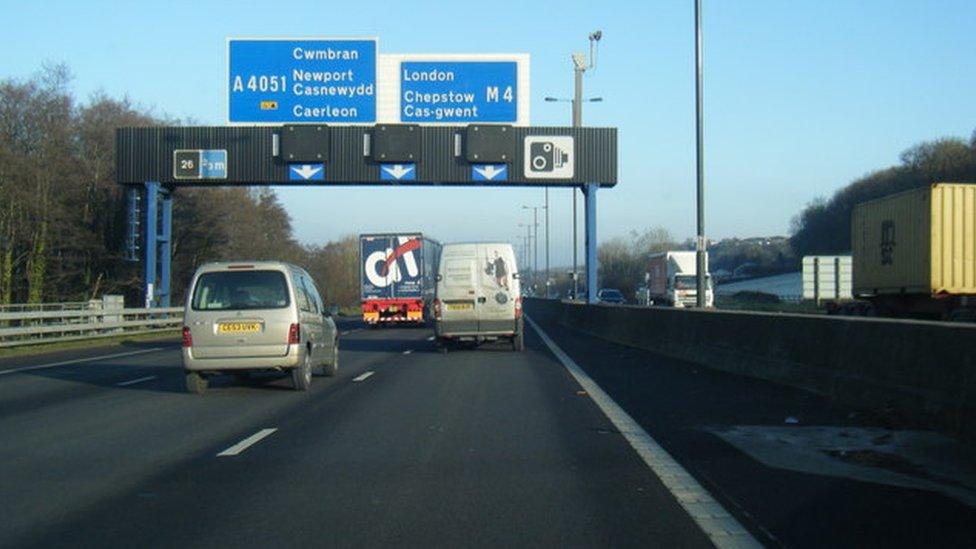
- Published28 February 2017
